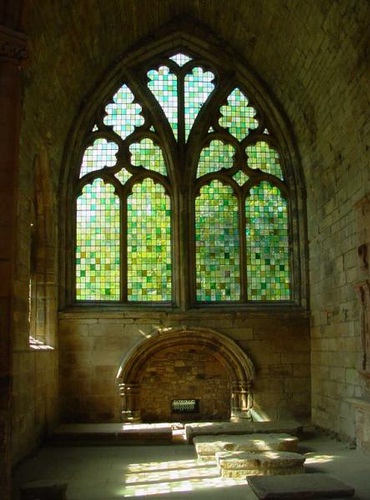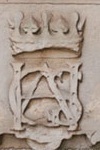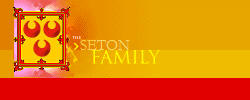|
 The
Scottish Seton Knights, Lords Seton and etc. The
Scottish Seton Knights, Lords Seton and etc.
On
October 13,
1307 (the famed
Friday the 13th),
the Knights Templar in
France were simultaneously
arrested by agents of
King
Philip the Fair, who seized
the treasury and broke up the monastic banking system, jealous of the Templars'
wealth and power. The Order however, only moved further northward into
Scotland, where it thrived.
Of
the Knights Templar, the
Scottish Order was one of Royal appointment, an Honour presented
to select individuals by the Scottish Royal Court.
Only limited families were accepted into the Order, and at the
head of the organization were the heads of three families, seen
to be of senior representation of the original Scottish Knights.
These three families
were: the House of Stewart; The House of Sinclair; and The House
of Seton; the which families were also recognized as
representatives of the Carolingian bloodline, and they rendered
their service to the upholding of Royal House. In later years, the Scottish Knights
Templar formed a Regiment for foreign service, into what became known as the Scots Guard, or
"le Garde Ecossais en France."
As such, the Scottish Knights Templar assert that not only did
the Seton's serve France and Scotland's cause, but also they did so as members of the Order. The family had already been on several crusades, and were noted
as members of the Hospital of St. John of Jerusalem in Edinburgh.
The Lord's Seton then,
not only provided their military service with the readiness of
200 Lances as part of the Royal commitment, but also maintained
Embassies and served as Ambassador's abroad in the interest of
the Royal House, as the role of the Knights developed over
successive generations.
When Queen Mary returned to
Scotland from France, for example, following the death of her husband the King,
and after her ceremonial entry at Edinburgh in September 1561, she went
briefly to Linlithgow Palace accompanied by her uncle, François
de Lorraine the Grand Prior of Malta, before traveling west to Coldingham Priory
and Dunbar.
They finally arrived
and rested at the Seton Palace, and George Seton, 7th
Lord Seton grandly entertained them there with dinner, before the Grand Prior returned home
through England, having made strategic plans for Berwick-upon-Tweed and
Newcastle-on-Tyne.
 About
the year 1572,
Grand Prior
David Seton
with a portion of the Scottish Knights separated themselves from the then
Protestant fraternity. He later retired to Germany where he died in 1591, the remnant
of the seceders ultimately finding a shelter under the wing of the first lodge
of Scottish Masons at Kilwinning, Ayrshire, where they introduced the Orders of
St. John, which are still given in connection with (Blue)
Masonry. About
the year 1572,
Grand Prior
David Seton
with a portion of the Scottish Knights separated themselves from the then
Protestant fraternity. He later retired to Germany where he died in 1591, the remnant
of the seceders ultimately finding a shelter under the wing of the first lodge
of Scottish Masons at Kilwinning, Ayrshire, where they introduced the Orders of
St. John, which are still given in connection with (Blue)
Masonry.
The 1st, 3rd and 4th Earls of
Winton were active in their roles in the Order, and George
Seton, 5th Earl of Winton, was Grand Master of Lodge at Rome,
following his forfeiture of the Winton Titles, and where he
spent the remainder of his life until his death in 1749.
In recognition of the Seton family's
contribution to Scotland's cause and their close links to the
Order, the Scottish Knights Templar of today hold an annual
service of dedication in the Seton Collegiate Church. The
Order says:“The Scottish Knights Templar have held several
services in Seton Collegiate Church to commemorate the lives of
the Seton family who maintained, above all else, unswerving
loyalty to the Crown of Scotland; 'One God, one nation, one king,
one loyalty' was the motto carved in stone in gilded letters over
the portals of the ancient Palace that the Seton Church once served as
it's chapel".
| 
